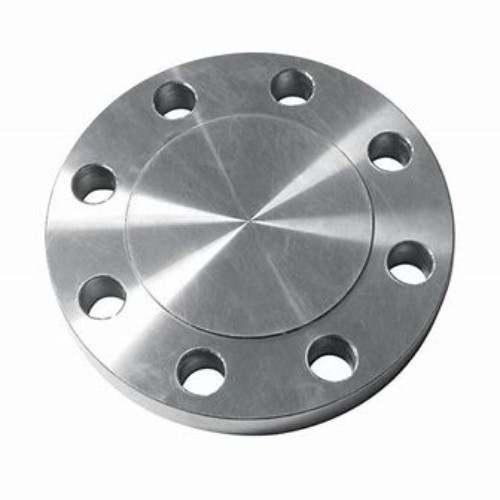butterfly valve flange type
Understanding Butterfly Valve Flange Types
Butterfly valves are prominent in modern industrial applications, primarily due to their efficiency, compact design, and ease of maintenance. Among the various configurations of butterfly valves, the flange type stands out as one of the most widely used. This article explores the characteristics, advantages, and applications of butterfly valve flange types, providing insights into their relevance in various industries.
What is a Butterfly Valve?
A butterfly valve is a quarter-turn rotational valve that uses a disc to regulate the flow of fluid. When the valve is closed, the disc blocks the passage, and when it is open, the disc allows fluid to flow freely. The design allows for quick opening and closing, making it ideal for applications that require immediate flow control.
Flange Type Explained
Flanged butterfly valves are specifically designed with flanged ends that facilitate easy connection to pipeline systems. The flanges serve as a mounting surface and provide a secure attachment to other piping components. Flanged connections are essential in high-pressure and high-temperature applications, where mechanical stability is paramount.
The flanges can be manufactured according to various standards, including ANSI, DIN, and JIS, allowing for compatibility with different piping systems. The use of gaskets between the flanges ensures a leak-proof seal, enhancing the reliability of the valve in preventing fluid leakage.
Advantages of Flange Type Butterfly Valves
1. Ease of Installation Flanged butterfly valves are easier to install compared to other types because the flanged connection allows for straightforward alignment with existing pipework. This is particularly beneficial in large setups where space and accessibility are concerns.
butterfly valve flange type

2. Reduced Space Requirements Butterfly valves are more compact than other valve types, such as gate valves, making them ideal for applications with limited space. Their quarter-turn operation also translates to less required actuator travel, contributing to their compact design.
3. Flow Control The butterfly valve design allows for excellent flow control. It offers a low pressure drop across the valve when fully open, ensuring optimal flow characteristics. This is particularly important in systems where maintaining pressure is crucial.
4. Versatility Flanged butterfly valves are used in a variety of industries, including water treatment, oil and gas, chemical processing, and HVAC systems. They can handle different types of fluids, ranging from gases to corrosive materials, depending on the materials used in their construction.
5. Cost-Effectiveness Flanged butterfly valves are generally more economical compared to other valve types, both in terms of initial purchase price and maintenance costs. Their simple design and fewer moving parts contribute to lower overall operational costs.
Applications of Flanged Butterfly Valves
Flanged butterfly valves are employed in a wide array of applications due to their versatility and reliability. In the water and wastewater treatment industry, they regulate water flow and manage sludges. In the oil and gas sector, they control the flow of hydrocarbons and are critical in pipeline applications due to their ability to perform under high pressures.
Chemical processing industries rely on flanged butterfly valves for safe and efficient handling of corrosive and abrasive materials. Additionally, HVAC systems utilize these valves for controlling airflow and maintaining indoor climate conditions, reflecting their broad applicability.
Conclusion
Flanged butterfly valves play an essential role in various industrial applications, providing efficient flow control with a compact design. Their ease of installation, cost-effectiveness, and versatility make them a preferred choice for engineers and designers worldwide. As industries continue to demand more from their fluid control systems, the significance of butterfly valve flange types will only grow, making them integral to the future of process management and automation. Understanding their features and applications will ensure better decision-making for those involved in system design and maintenance.
-
The Key to Fluid Control: Exploring the Advantages of Ball Valves in Industrial SystemsNewsJul.09,2025
-
The Versatile World of 1, 2, and 3 Piece Ball ValvesNewsJul.09,2025
-
Stainless Steel Ball Valves: The Ideal Choice for Efficient Flow ControlNewsJul.09,2025
-
Optimizing Fluid Control with Ball Float ValvesNewsJul.09,2025
-
Manual Gate Valves: Essential for Control and EfficiencyNewsJul.09,2025
-
Everything You Need to Know About Butterfly ValvesNewsJul.09,2025
-
The Versatility of Wafer Type Butterfly ValvesNewsJul.08,2025




